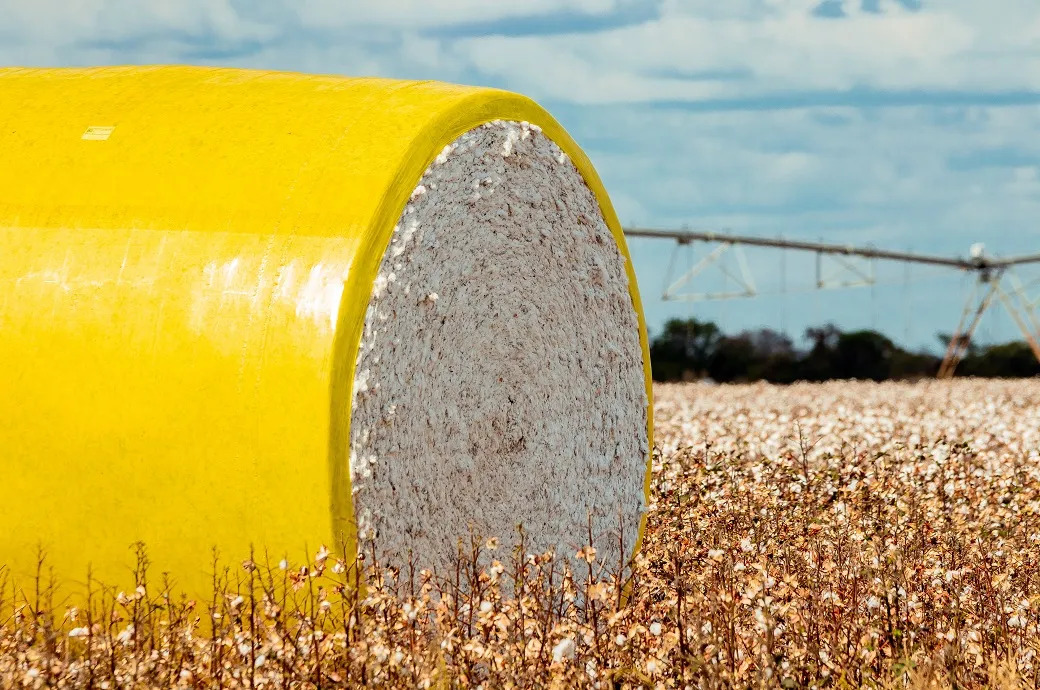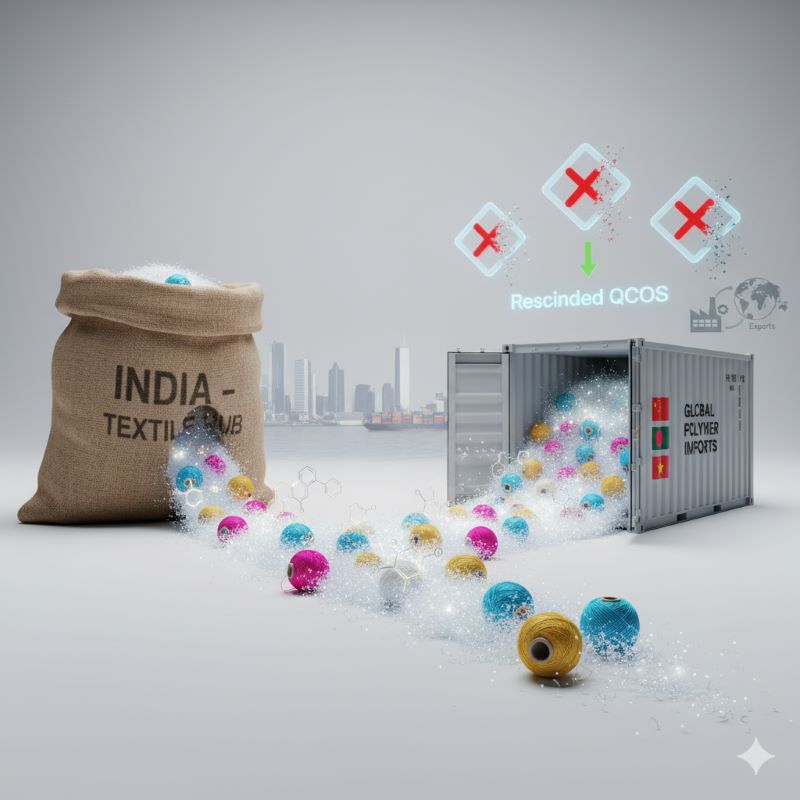Microplastic pollution is a major problem for the environment. As much as 311 million tons of plastics were produced in 2014, and those numbers are expected to double or triple in the next 50 to 60 years. Only 14 per cent of annual plastic production is recovered and just two per cent is recycled in a closed-loop fashion. Another 72 per cent is unrecovered and either goes directly to landfills or escapes recovery systems altogether. And a lot of that winds up in lakes, rivers, oceans and communities globally.
Plastics dumped in the waterways don’t stay there. They make their way back to humans and animals through the food chain and the environment. Textiles shed in home laundering are among the largest contributors of microplastic pollution. While 99 per cent of microplastic materials are captured at wastewater treatment facilities, billions of plastic particles are reaching the aquatic environment.
All fabrics shed microfibers. Textile design plays a very important role in the process. In general, natural fibers shed more than polyester or nylon. Cellulosic-based fibers shed more microfibers that does polyester. On the other hand, cotton and rayon, both cellulosic, biodegrade in water at a rapid pace, whereas polyester has virtually no degradation.
Microfibers harm the environment
- 1
- 2
- 3
- 4
- 5
- 6
- 7
- 8
- 9
- 10
Fashion’s Next Playbook: Leaders at WWD summit push for radical transformation
On October 29 and 30, the marble halls of Cipriani South Street became the nerve center of a global fashion... Read more
Tariff turbulence spurs transformation in India’s textile value chain
When the US announced a sweeping 50 per cent tariff on Indian textile and apparel imports, the shockwaves reverberated across... Read more
A Punishing Paradox: Is Made in America unravelling the US textile industry?
The Make America Great Again (MAGA) is initiative aimed at breathing new life into US manufacturing, but its impact on... Read more
India's Textile Sector Sews Up Global Trade Alliances in Singapore: Focus on FTA…
The future of India’s textile and textile machinery sector is poised for exponential growth, driven by strategic international collaborations, notably... Read more
QCO rollback and export boost, the two-step formula powering India’s textile com…
November 12, 2025, could go down as a watershed date in India’s textile history. In a single day, the government... Read more
Cotton's Comeback: Brazil's blueprint for a natural fiber renaissance
The global textile industry operates on an assumption: natural fibers are nearing their ceiling of growth, with future demand almost... Read more
India's $2.92 bn export surge drives focus on performance, policy at Techtextil …
In line with its momentum to establish itself as a global textile manufacturing powerhouse, India is accelerating its focus on... Read more
Fashion’s new equation, profits meet planetary limits at Lisbon’s Textile Exchan…
The Textile Exchange Conference 2025, held under the theme ‘Shifting Landscapes’, marked more than another industry meet-up; it was a... Read more
India Scraps QCOs on Polyester, Polyester Fibre: A level playing field or domest…
In a major policy reversal, the Ministry of Chemicals and Fertilizers, through a notification in the Gazette of India dated... Read more
Is secondhand fashion the new fast fashion?
The fashion industry has long touted secondhand shopping as a silver bullet for sustainability, a movement that redefines style through... Read more












